Guerrilla Marketing: 10 Proven Strategies to Revolutionize Your Brand
Guerrilla marketing has redefined how businesses approach advertising in today's hypercompetitive marketplace. Unlike traditional marketing, which often requires hefty budgets, guerrilla marketing relies on creativity, surprise, and innovation to engage consumers in unconventional ways. It's a marketing strategy ideal for small businesses, startups, and even large corporations looking to make a lasting impression with minimal financial investment.
In this article, we'll delve deep into 10 proven guerrilla marketing strategies that can revolutionize your brand, boost visibility, and foster engagement. Along the way, we'll explore real-life examples of campaigns that successfully used these tactics and highlight how you can implement them for your business.
What is Guerrilla Marketing?
Guerrilla marketing is an advertising approach that focuses on using low-cost, creative strategies to achieve maximum exposure for a product, service, or brand. Instead of relying on traditional marketing mediums like TV, radio, or billboards, guerrilla marketing takes the campaign to the streets—literally. It could mean painting murals, organizing flash mobs, or turning ordinary objects in public spaces into eye-catching promotional tools.
Origins of Guerrilla Marketing
The term "guerrilla marketing" was coined by Jay Conrad Levinson in his 1984 book "Guerrilla Marketing." Levinson argued that small businesses can compete with large corporations by leveraging creativity instead of large advertising budgets. The idea was that marketing should be impactful and memorable, even if it's low-cost.
Key Characteristics of Guerrilla Marketing
- Low Budget, High Impact: Guerrilla marketing thrives on tight budgets, forcing marketers to innovate and find creative ways to reach their audience.
- Element of Surprise: The unexpectedness of guerrilla marketing grabs attention, making it stand out from traditional campaigns.
- Viral Potential: Guerrilla marketing often encourages social media shares, making it easier to spread the message without additional costs.
Benefits of Guerrilla Marketing for Businesses
Guerrilla marketing offers businesses of all sizes several key benefits:
Cost-Effectiveness
Small businesses with limited budgets can use guerrilla marketing to make a big impact without spending a fortune on ads. A cleverly executed guerrilla campaign can generate buzz far beyond its initial investment.
Memorability and Engagement
Guerrilla marketing creates memorable experiences that resonate with audiences long after they encounter the campaign. Its unconventional nature invites people to engage with the brand in a more personal and emotional way.
Potential for Virality
With the advent of social media, guerrilla marketing campaigns can go viral quickly. A well-timed, clever campaign can get shared on platforms like Instagram, TikTok, or X (formerly Twitter), multiplying its reach exponentially.
Increased Brand Awareness
Because guerrilla marketing strategies often take place in public, high-traffic locations, they naturally lead to greater exposure, bringing the brand to the forefront of people's minds.
10 Proven Guerrilla Marketing Strategies
1. Street Art & Murals
One of the most visually compelling forms of guerrilla marketing is the use of street art or murals. These campaigns make use of public spaces, turning city walls into large canvases for brand promotion. Done artistically, street art not only promotes the brand but also beautifies the environment.
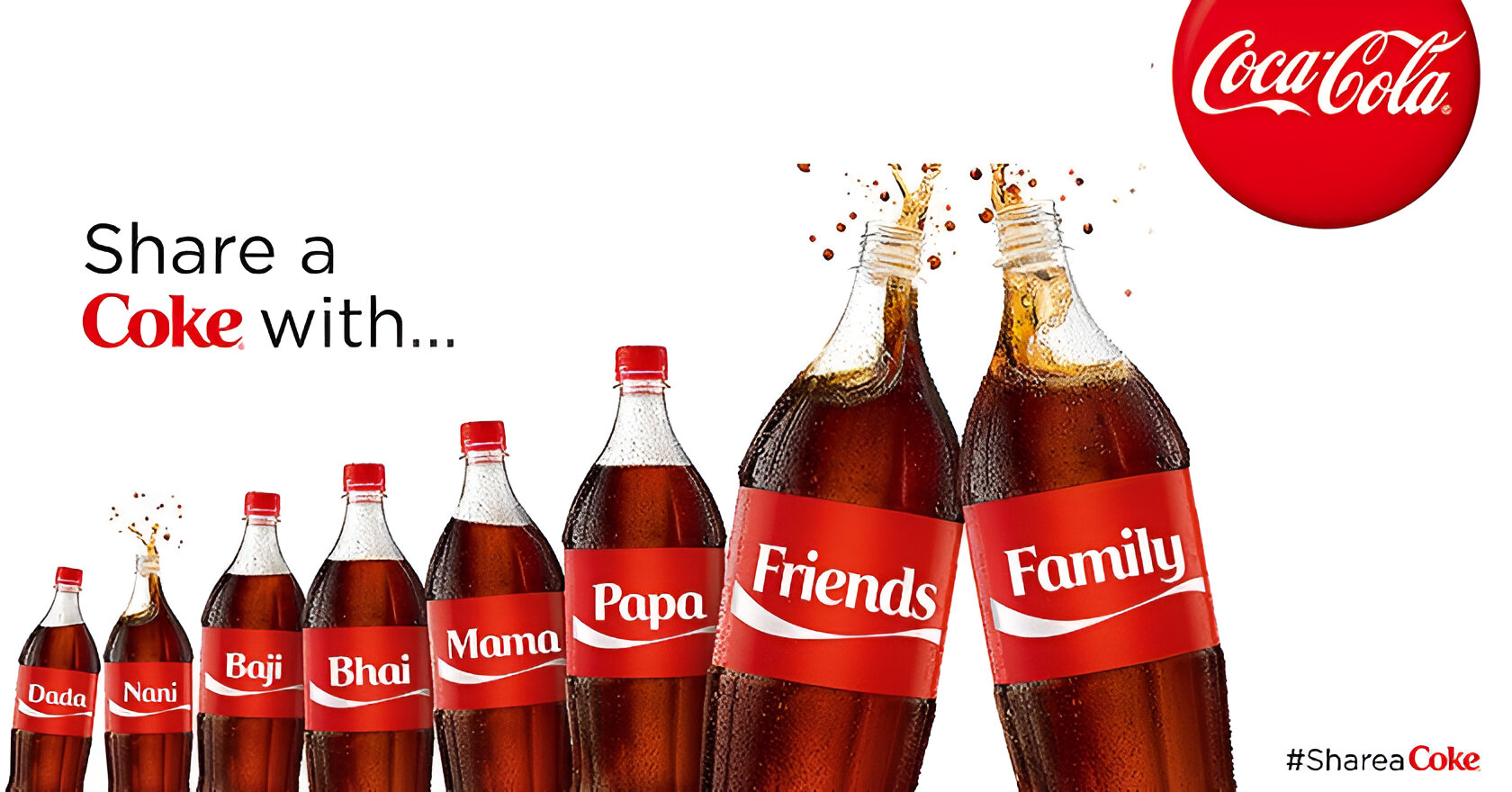
Example: Coca-Cola created a mural in collaboration with street artists to promote its “Share a Coke” campaign, generating significant social media buzz as fans shared images of the art.
2. Flash Mobs
Flash mobs are a high-energy, participatory form of guerrilla marketing. A group of people gathers in a public space to perform a choreographed routine, usually surprising and delighting onlookers. The key is ensuring that the performance ties into your brand’s message.
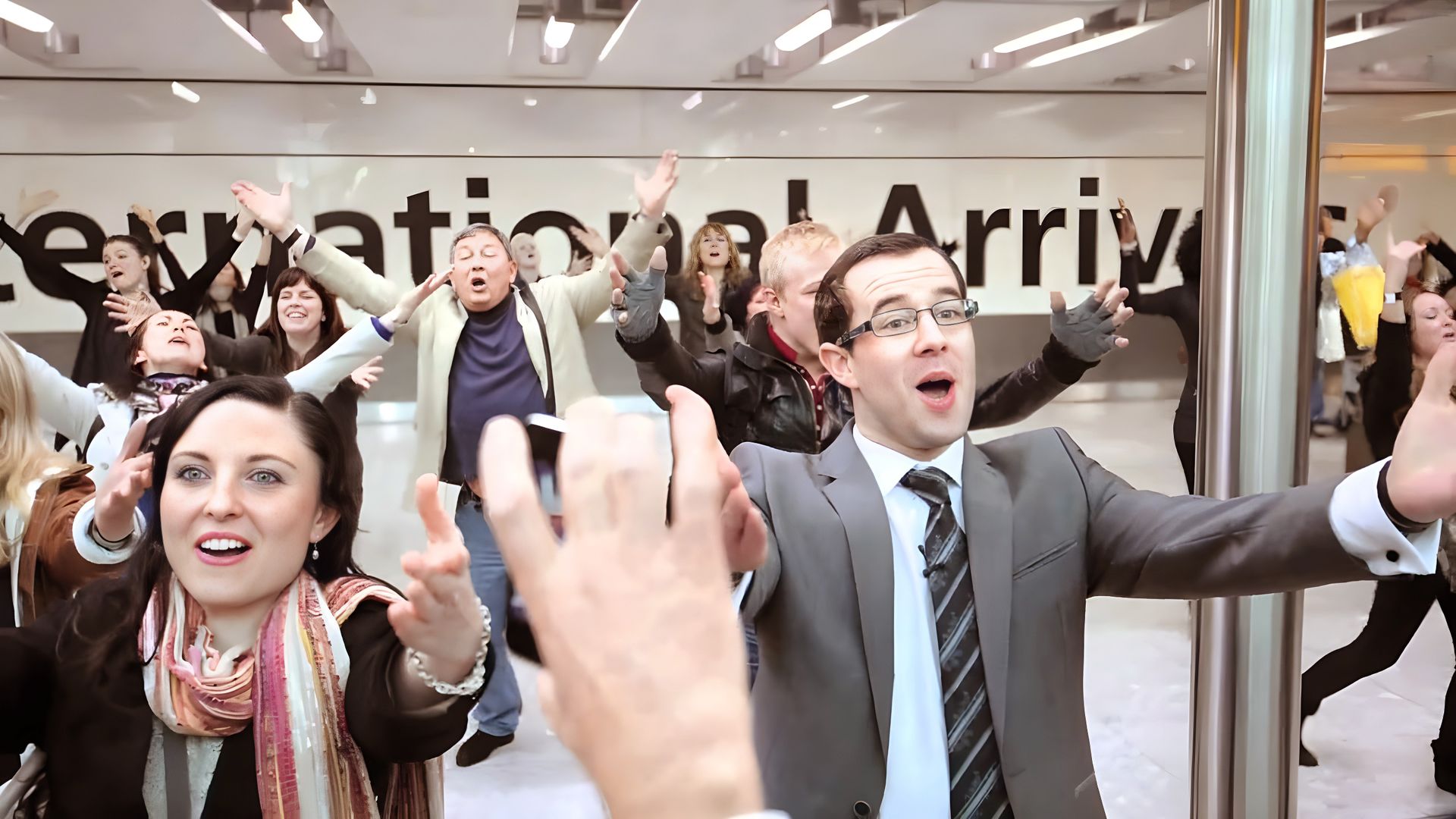
Example: T-Mobile famously used a flash mob in London's Heathrow Airport to highlight its "Life's for Sharing" campaign. The spontaneous performance went viral, with millions watching online.
3. Public Stunts
Whether it's a staged event or an unusual installation, public stunts are one of the most impactful guerrilla marketing strategies. The more unexpected the stunt, the better it sticks in people's minds.
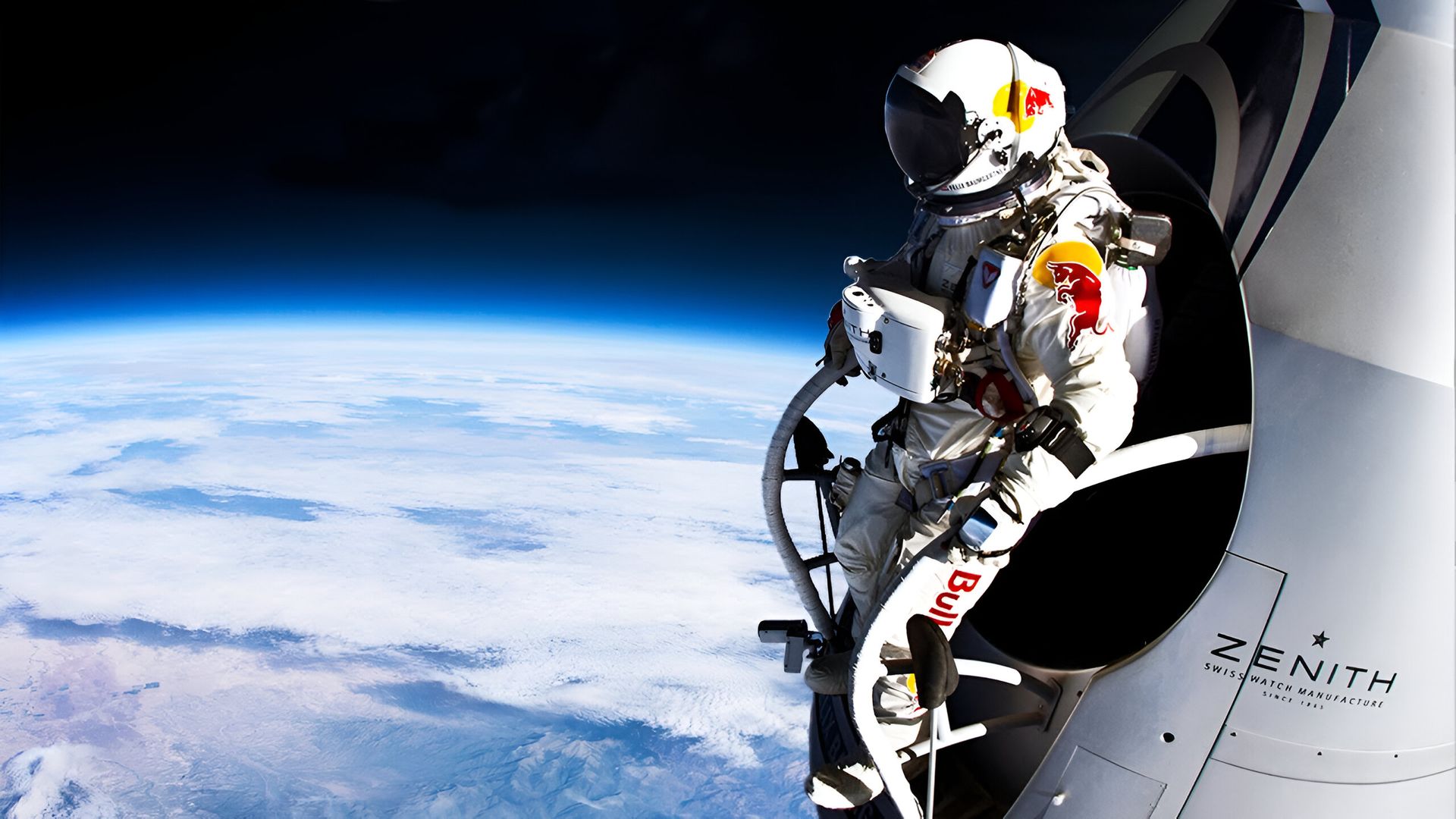
Example: Red Bull’s Stratos Space Jump, where an athlete free-fell from space, exemplified how a bold public stunt could captivate global attention, aligning the brand with extreme performance and adventure.
4. Ambush Marketing
Ambush marketing involves capitalizing on a large-scale event to promote your brand, often without official sponsorship. This strategy requires creativity and timing to pull off successfully.
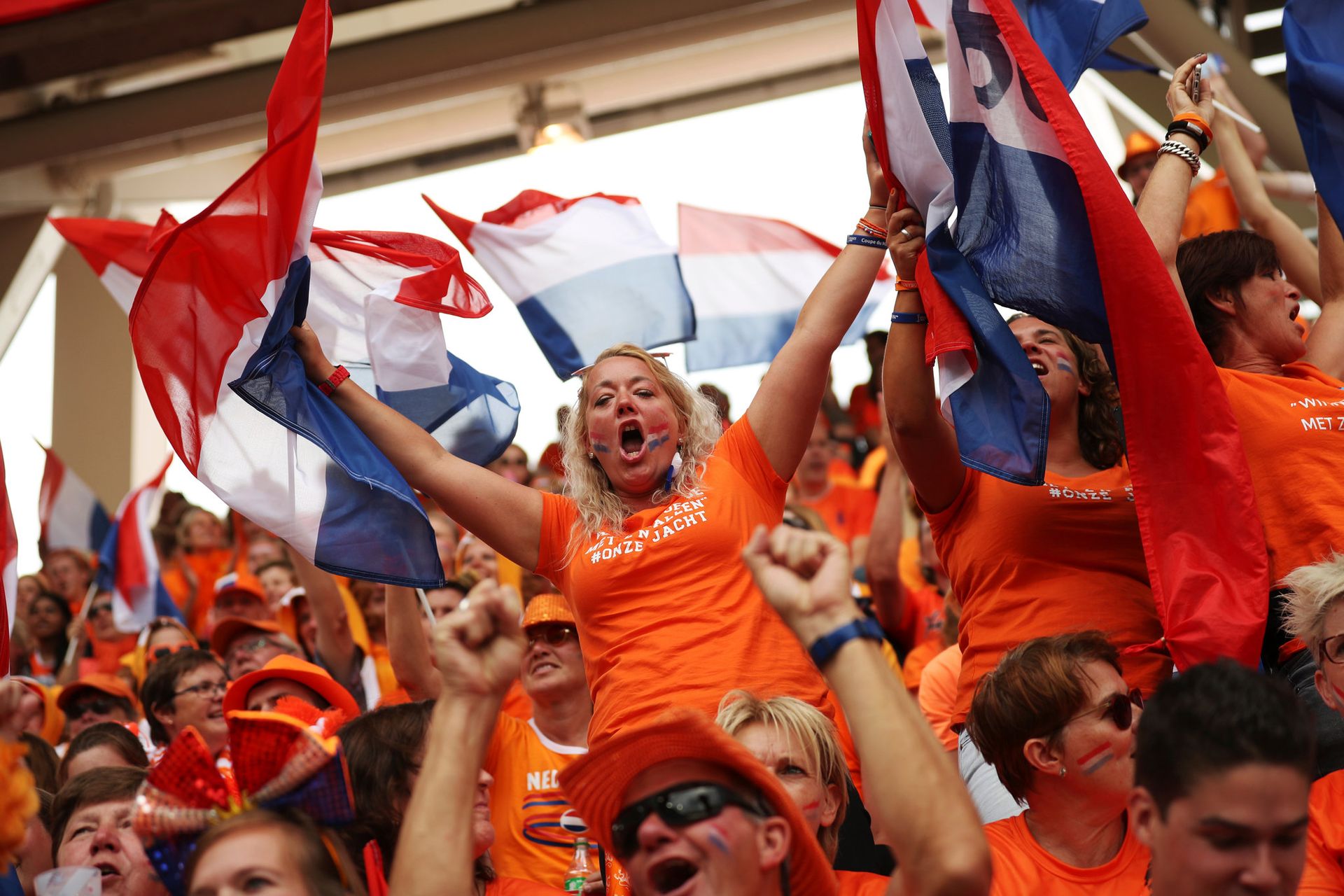
Example: During the 2010 FIFA World Cup, a Dutch beer company used orange-dressed women to generate attention in a stadium, despite not being an official sponsor.
5. Experiential Marketing
This approach allows consumers to engage directly with a product or brand in a unique and memorable way. Pop-up stores, interactive booths, or surprise experiences can all fall under experiential marketing.
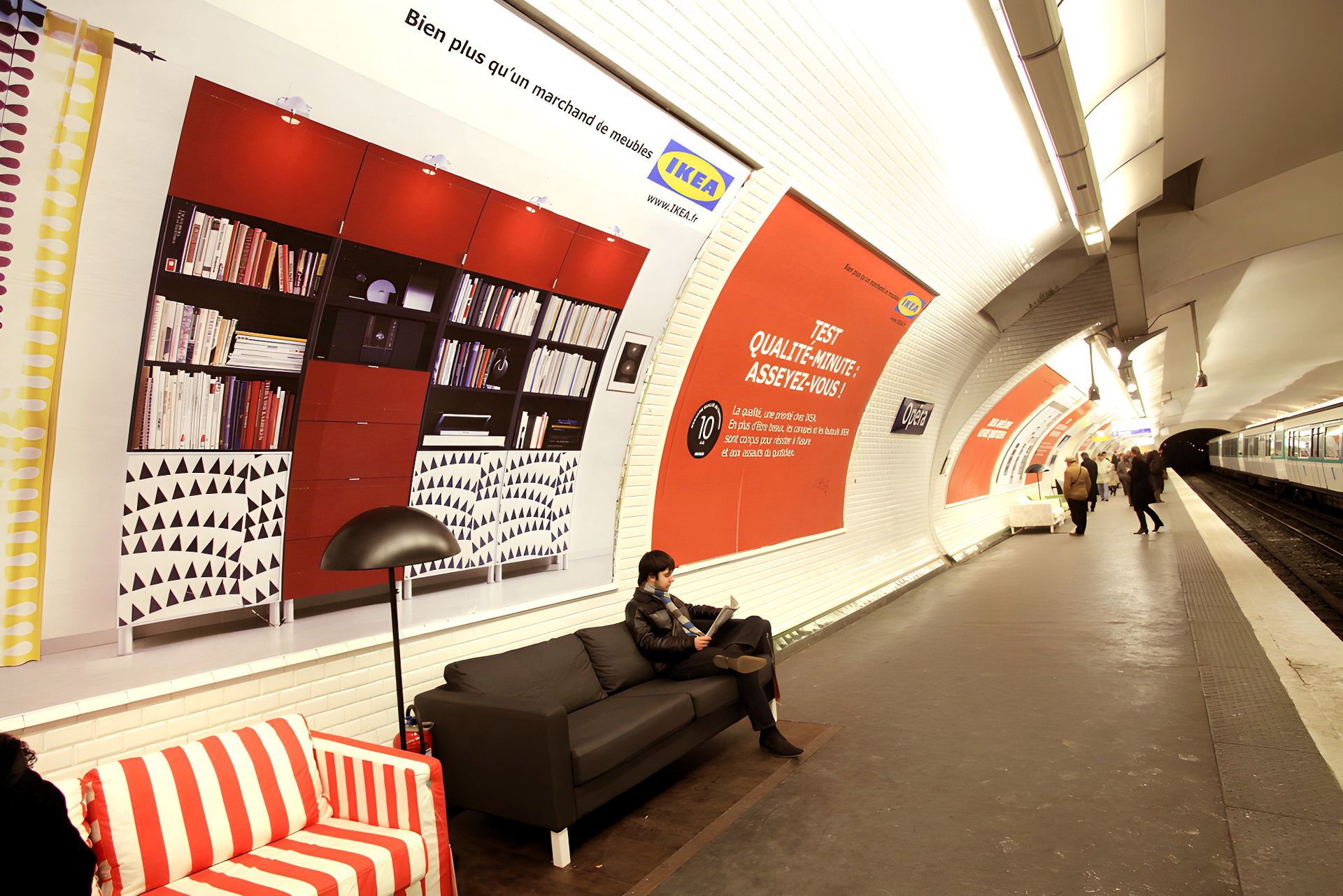
Example: IKEA set up a pop-up lounge at a Paris train station, offering passengers a place to relax and promoting its furniture’s comfort and design.
6. Stickers and Guerilla Billboards
One of the more low-cost strategies, stickers placed in strategic locations can carry a message, logo, or brand story. These guerrilla billboards work best in high-footfall areas like subways, bus stops, or popular urban locations.
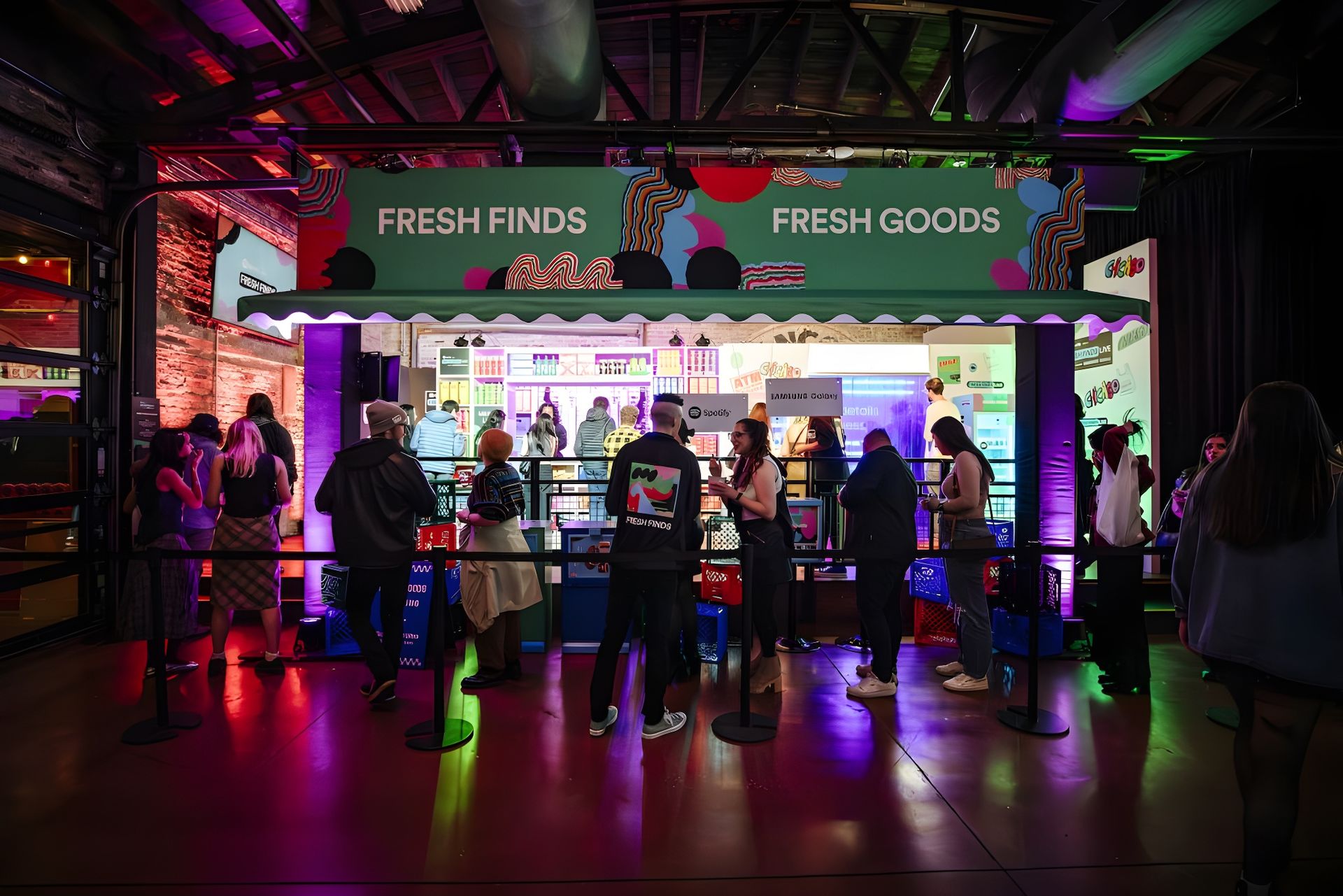
Example: Spotify placed quirky stickers featuring popular song lyrics in unexpected places around cities to spark curiosity and engagement.
7. Reverse Graffiti
This technique involves cleaning away dirt or grime on public surfaces to leave behind an image or message. It’s a clever, eco-friendly way to "create" an ad while maintaining the brand's message.
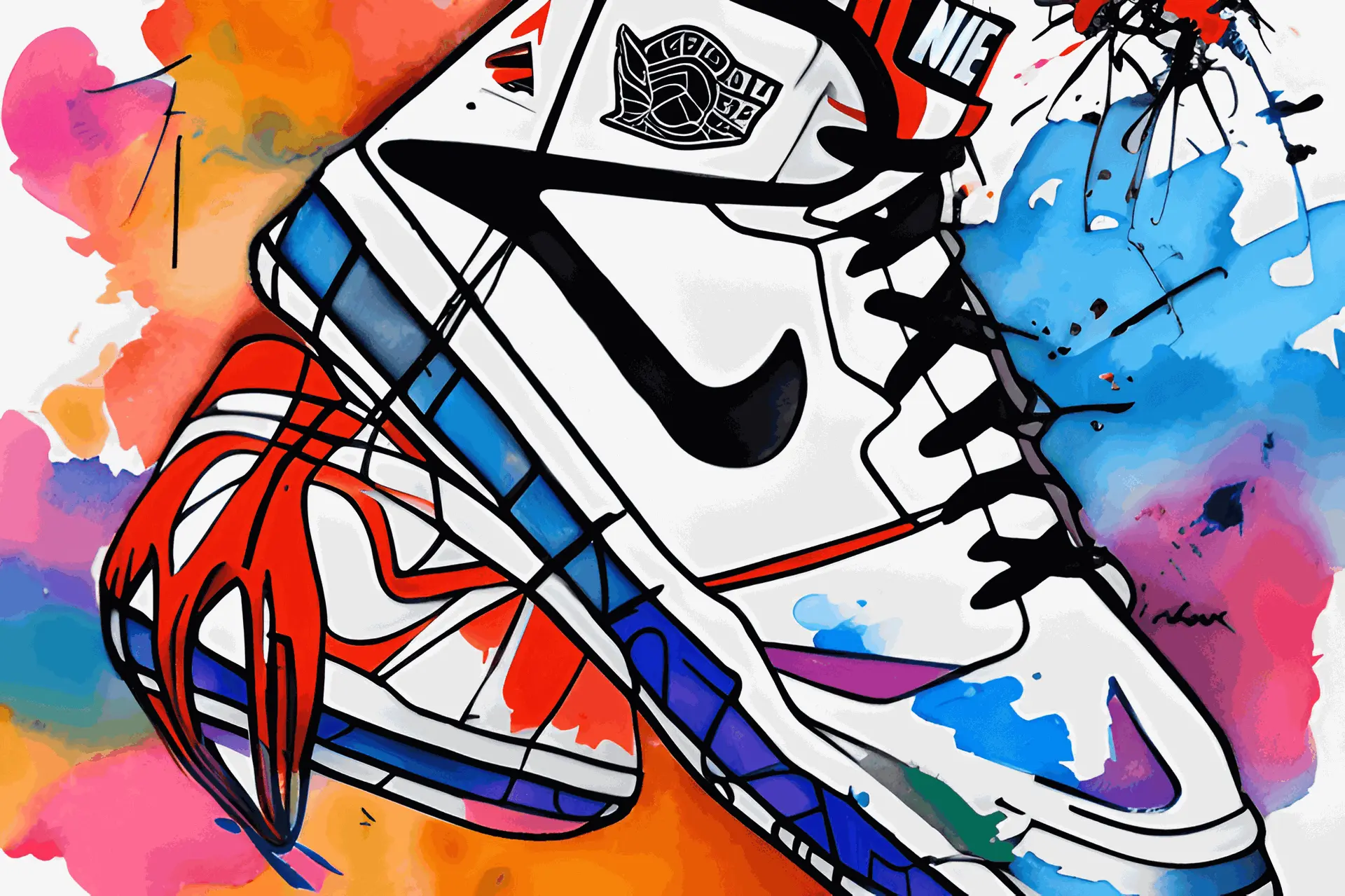
Example: Nike has used reverse graffiti to promote their products, cleaning pavement to create advertisements without using traditional paint.
8. Product Placement in Unexpected Places
Guerrilla marketing can also involve placing a product or logo in unexpected environments, sparking curiosity and engagement from onlookers.
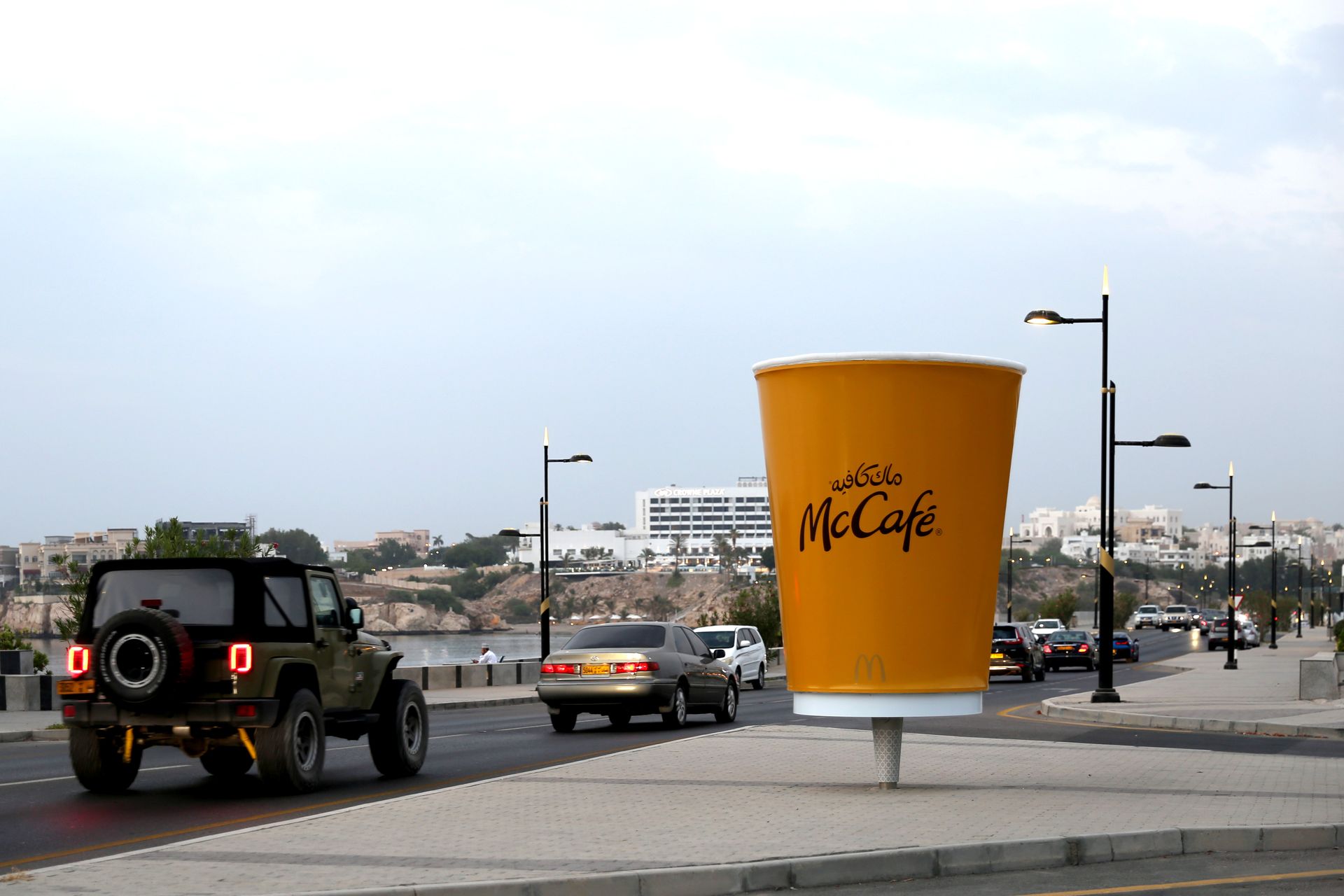
Example: A coffee brand placed oversized coffee cups in busy pedestrian zones, filled with realistic steam effects to catch people's attention.
9. Digital Integration with AR (Augmented Reality)
The fusion of guerrilla marketing with digital technology opens up new realms of creativity. AR (Augmented Reality) can be used to create interactive experiences for users, blending the physical and digital worlds.
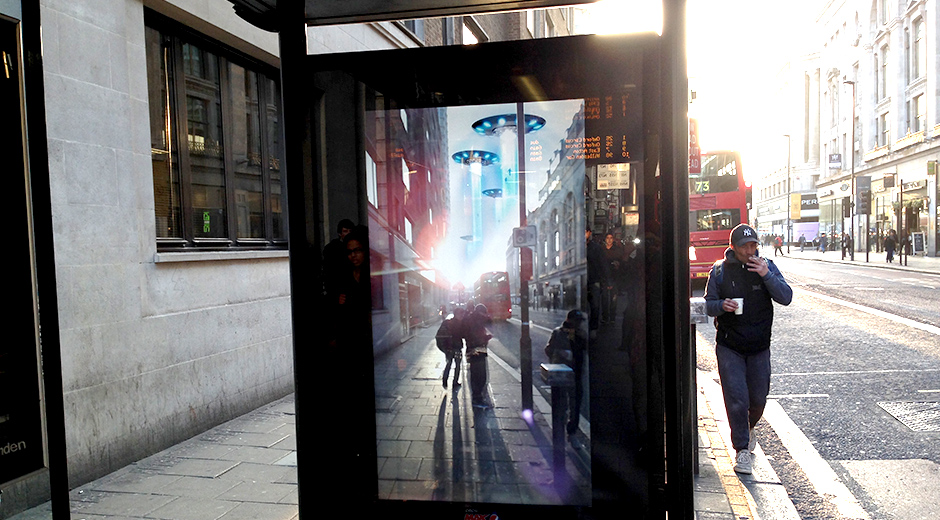
Example: Pepsi Max’s AR bus stop in London made it seem like unbelievable events (alien invasions, meteor strikes) were happening right outside, surprising and engaging passersby.
10. Guerrilla Marketing on Social Media
Leverage social media as part of your guerrilla strategy by using hashtags, challenges, or interactive content that encourages user-generated content.
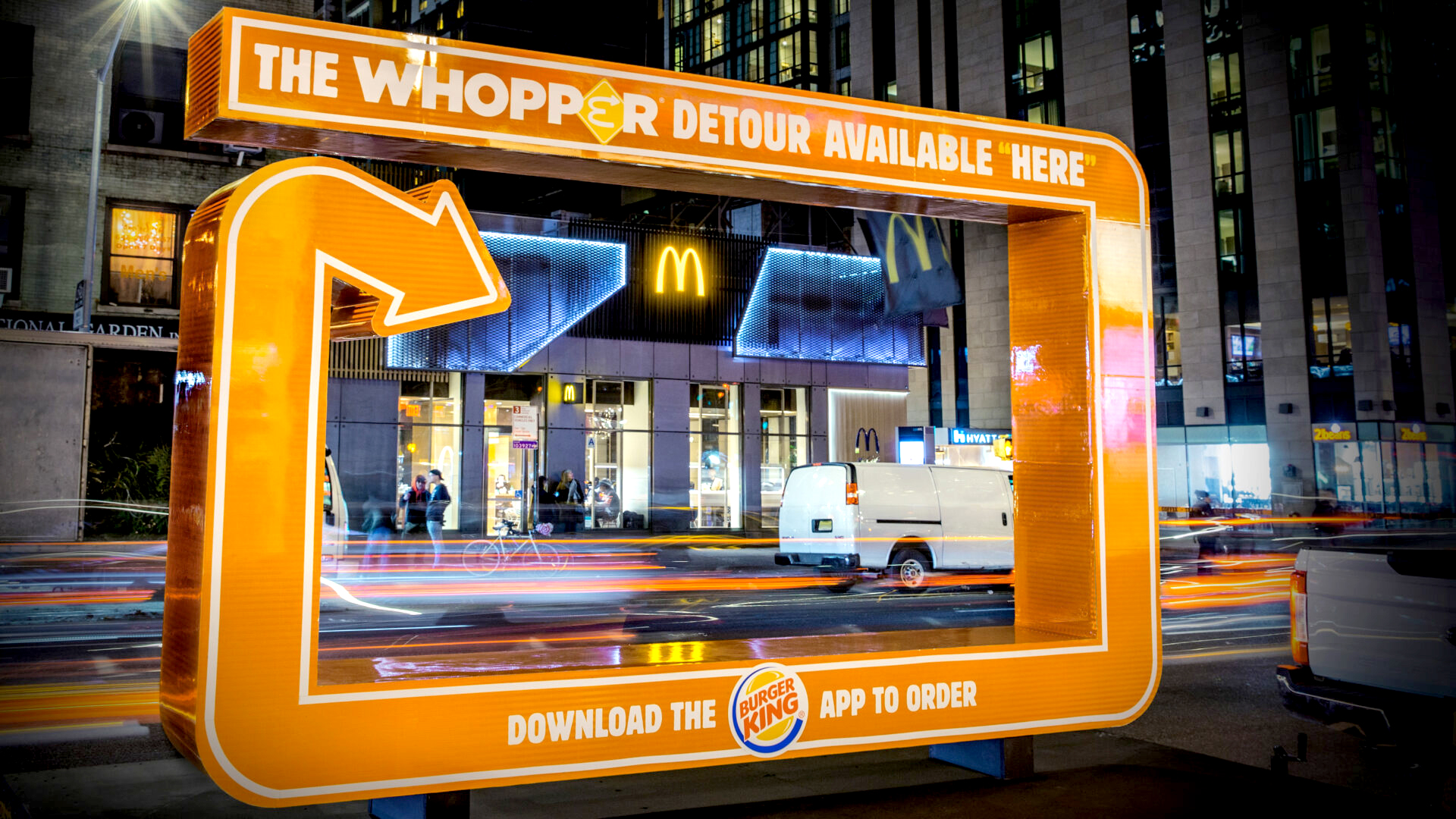
Example: Burger King’s “Whopper Detour” campaign used geofencing to offer a 1-cent Whopper to anyone who downloaded their app and visited a McDonald’s location.
How to Plan and Execute a Guerrilla Marketing Campaign
1. Define Your Objectives
Before diving into guerrilla marketing, clarify your campaign goals. Are you looking to increase brand awareness, generate leads, or boost sales? Identifying clear goals will guide the direction of your campaign.
2. Know Your Audience
Guerrilla marketing is most effective when tailored to a specific audience. Understanding their interests, needs, and behaviors will help you craft a campaign that resonates with them.
3. Focus on Creativity
Guerrilla marketing thrives on creativity. Brainstorm ideas that align with your brand’s values but also grab attention in a novel way.
4. Budgeting and Resources
Though guerrilla marketing is low-cost, you'll still need to allocate resources for materials, potential permits, and any production costs.
5. Execution and Timing
Timing is key for guerrilla campaigns. You want to launch your campaign when it’s most likely to get attention—whether that’s during a local event, a busy shopping season, or a viral moment.
6. Measuring Success
To evaluate the effectiveness of your campaign, track key performance indicators (KPIs) such as social media engagement, brand mentions, website traffic, and sales leads.
Common Challenges in Guerrilla Marketing
1. Legal Considerations
Guerrilla marketing often takes place in public spaces, which may require permits or permissions. Failing to get the right approvals can lead to fines or a damaged reputation.
2. Risk of Negative Reactions
The unconventional nature of guerrilla marketing means there’s a risk of backlash. If the campaign is perceived as offensive or disruptive, it could generate negative PR.
3. Unpredictable Outcomes
Because guerrilla marketing relies heavily on public engagement and reactions, it can be difficult to predict whether a campaign will be successful.
FAQs about Guerrilla Marketing
1. What is guerrilla marketing, and how does it work?
Guerrilla marketing is an advertising strategy that uses low-cost, creative approaches to promote a product or service. It works by surprising and engaging the audience in unconventional ways, often generating buzz through word-of-mouth or social media.
2. Is guerrilla marketing effective for small businesses?
Yes, guerrilla marketing is especially effective for small businesses because it focuses on creativity over spending. This allows even businesses with limited budgets to create high-impact campaigns.
3. What are some examples of successful guerrilla marketing?
Examples include Red Bull’s Stratos space jump, T-Mobile’s flash mob, and Coca-Cola’s Happiness Machine, all of which generated widespread attention and engagement.
4. How can social media amplify guerrilla marketing efforts?
Social media can significantly amplify guerrilla marketing by spreading the campaign to a broader audience. A creative campaign that resonates with people is likely to be shared, liked, and discussed, giving it viral potential.
5. What are the legal risks of guerrilla marketing?
Some guerrilla marketing tactics, such as public stunts or unauthorized street art, may require permits. Without the proper permissions, businesses could face legal consequences or fines.
6. How can guerrilla marketing be measured?
Measuring guerrilla marketing involves tracking metrics such as social media engagement, website traffic, and brand mentions, as well as evaluating the return on investment (ROI) from the campaign.
Conclusion
Guerrilla marketing offers businesses a way to connect with consumers in a meaningful, creative, and memorable way—without breaking the bank. By thinking outside the box and leveraging the element of surprise, brands can craft campaigns that leave lasting impressions and generate substantial buzz. However, it's important to balance creativity with careful planning, ensuring your guerrilla marketing efforts hit the mark without missteps.